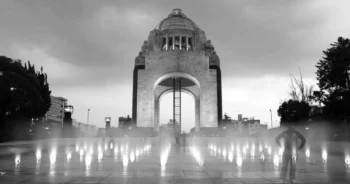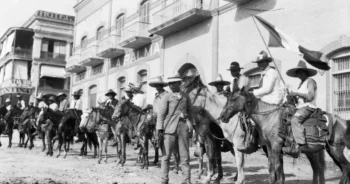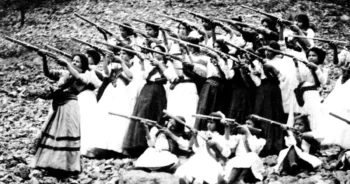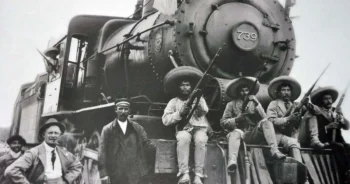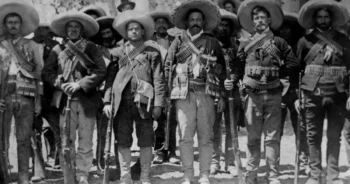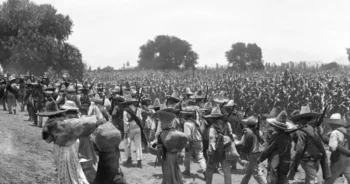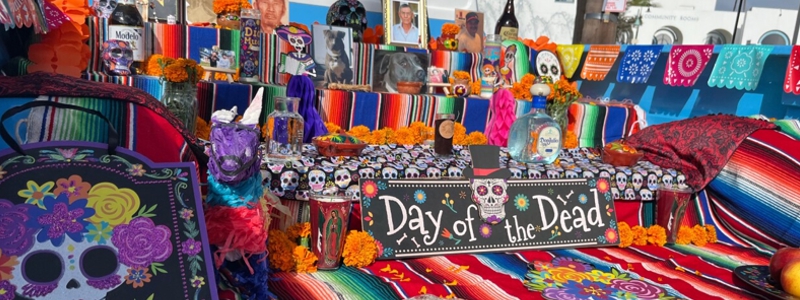Mexico Revolution Day: Causes and Impact
Estimated reading time: 4 minutes
We do not intend to lecture you on Mexican history; rather, this is a simple explanation of why Mexicans commemorate Revolution Day on November 20th. The government closes offices, banks, schools, and some businesses on the Monday following the official day, which is a national holiday. Major cities across the country commemorate this day with spectacular parades featuring revolutionary themes. These are all part of Mexico Revolution Day celebrations.
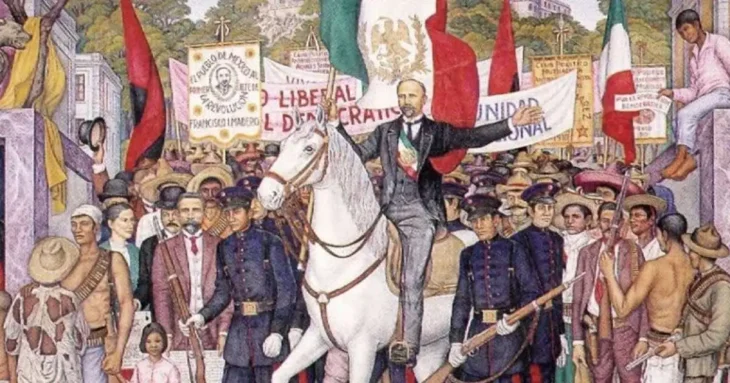
This Revolution began in 1910 due to popular discontent with Porfirio Diaz’s dictatorship. It resulted in a civil war that transformed the country’s governmental and social systems. Mexico Revolution Day marks the start of this significant historical event.
The revolution started with an uprising headed by Francisco I. Madero, who challenged the reelection of General Porfirio Diaz, a dictator who had governed for over 30 years. Mexico observes this day as Revolution Day.
Primary causes of the Mexican Revolution
Social inequality and wealth concentration. During the Porfiriato, the country saw great economic growth. However, only a small number of citizens and a few foreigners enjoyed the prosperity.
There was no political freedom. The people were unable to elect any representatives inside the state or federal governments. Porfirio Diaz, who opposed reelection, implemented these policies and ruled for over 30 years.
Dispossession of peasants’ land. Diaz made legal amendments to allow foreign firms to take over “vacant lands,” dispossessing indigenous people, peasants, and poor farmers who could not afford to farm their land.
Creating enormous estates. The immense estates belonged to a few proprietors, while the vast majority of Mexicans died from starvation.
The quality of popular schooling deteriorated. Eighty percent of the population was illiterate.
There was no freedom of expression. The administration forbade the press from voicing any criticism and banned strikes in all industries.
Due to a lack of labor protection, workers and peasants were exploited. Most employees had to labor more than 12 hours for a pitiful 75 cents.
Repression and the application of force. Despite the deplorable working circumstances, workers and peasants were brutally repressed when they attempted to express their dissatisfaction. For example, workers were murdered during the Cananea and Rio Blanco strikes in 1906 and 2007, respectively. As a result, these events highlighted the extreme measures taken to silence opposition.
The Mexican Revolution lasted from November 20th, 1910, and continued until December 1, 1920.
